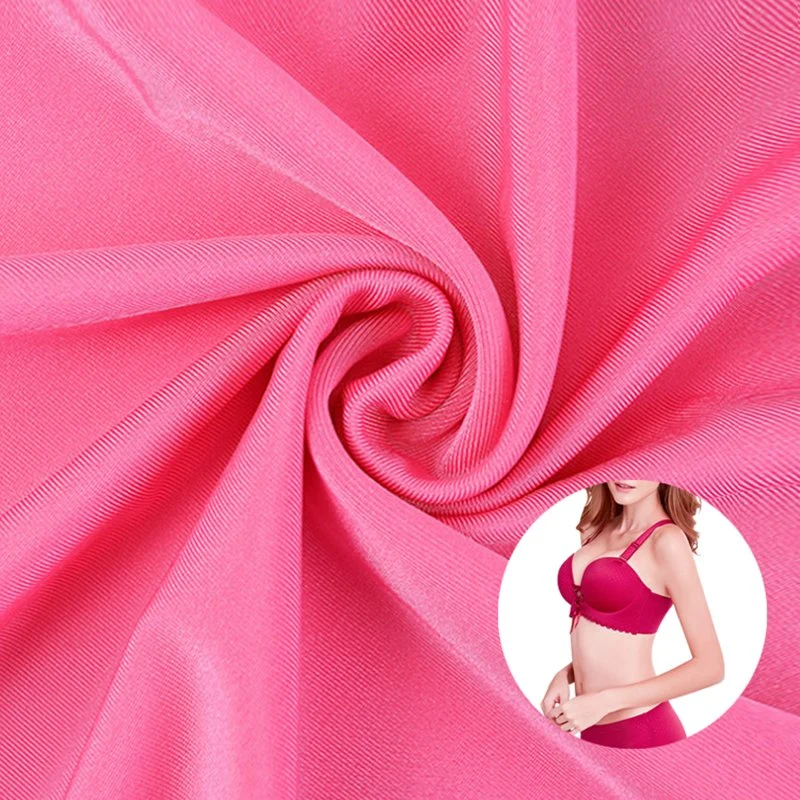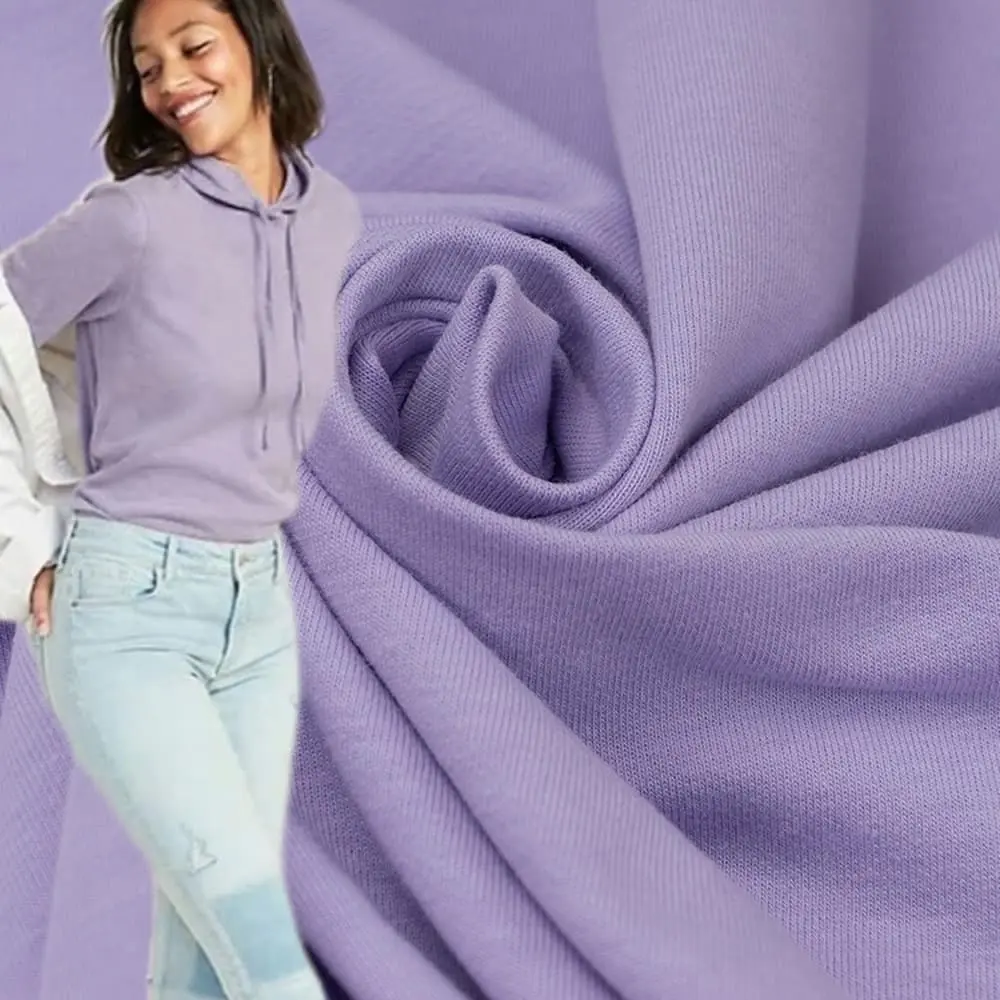When you think of fabrics that have revolutionized the textile industry, it’s hard to overlook the magic of Lycra. Known for its outstanding stretch and recovery properties, Lycra has become a staple in everything from sportswear to everyday clothing and medical textiles. This synthetic wonder has not only transformed the comfort and performance of our garments but has also introduced new dimensions to fashion design that were once unimaginable.
In this comprehensive guide, we will look closely into Lycra fabric, its key features, the intricate manufacturing process, its variety of applications, recent innovations, and even how to take care of your Lycra clothing.
Whether you’re a fabric enthusiast or just starting to learn about the world of textiles, there’s something for everyone in this trove of information.
Introduction to Lycra Fabric
Firstly, what is Lycra?
Lycra is a type of synthetic fabric that is known for its exceptional elasticity. Officially, Lycra is the registered trademark of The Lycra Company, but it is often used generically to refer to any spandex material. Its stretchability is unparalleled, allowing for a significant expansion of the fabric, followed by a return to its original size, without suffering any damage or deformity.
The History of Lycra
The development of Lycra signalized a textile revolution. Created by chemist Joseph C. Shivers at DuPont’s Benger Laboratory in Waynesboro, Virginia, the fabric emerged as a result of experiments with synthetic polymers during the 1950s. Initially introduced as a replacement for rubber in garments, it was branded as Lycra in 1959. Since then, Lycra has become an integral part of flexible and form-fitting apparel fabrics.

Properties of Lycra Fabric
Superior Stretch and Recovery
The most notable characteristic of Lycra is its unparalleled stretch capacity. It gives fabric the ability to expand up to six times its initial length. Lycra fabric springs back to its original shape without the risk of over-stretching or sagging.
Durability and Comfort
Lycra enhances the durability of fabrics it’s blended with, adding longevity to the garment. The fabric’s resilience against abrasion, wear, and tear makes it ideal for athleisure and other high-wear applications. Additionally, the comfort factor offered by Lycra is hard to beat; its ability to move with the body makes clothing feel like a second skin.
Versatility in Garments
Lycra is incredibly versatile, adapting well to various styles and garment types. Whether it’s the figure-hugging elegance of a cocktail dress or the flexibility required for yoga pants, Lycra combines functionality with style, ensuring that the cloth drapes beautifully.
The Manufacturing Process
Spinning the Yarn
The production of Lycra begins with the creation of spandex yarn, a long-chain synthetic polymer. The polymer is mixed with various substances to improve its properties and then spun into yarn.
Core-Spinning Technology
Lycra is often created using core-spun technology, where the spandex is wrapped with a staple fiber that provides additional necessary qualities like strength or shrinkage control, offering both flexibility and stability to the end product.
Knitting and Weaving
Once the Lycra yarn is produced, it is knitted or woven into fabrics. During this step, the manufacturers ensure that the tension on the yarn is carefully controlled to maintain the integrity of stretchiness throughout the textile.
Finishing
After the fabric is created, it undergoes various finishing processes, including dyeing and setting. This helps color become fast and the fabric acquires any additional qualities required by specific applications, such as moisture-wicking or anti-microbial properties.

Applications of Lycra Fabric
Lycra in Sportswear and Activewear
The fitness and sports clothing industry has greatly benefited from Lycra. It is a key component in manufacturing compression shorts, pants, and flexible jerseys. The fabric’s ability to provide support and freedom of movement has been pivotal for athletes across different sports.
Lycra in Fashion and Daily Wear
Lycra is the unsung hero of the fashion industry, allowing designers to create dresses that hug the body perfectly and flatter every curve. Skinny jeans, bodycon dresses, and various other contemporary fashion staples would not be the same without Lycra.
Specialized Uses in Medical Textiles
In healthcare, Lycra plays a vital role in producing garments for burn care, post-surgical support, pressure garments, and even in the making of elastic bandages. The fabric’s safe stretch provides gentle compression that is often required in medical textiles.
Lycra Innovations
Recent Advancements in Lycra Technology
There have been significant strides in Lycra innovation, particularly in the areas of sustainable manufacturing and performance enhancements. Manufacturers are developing Lycra fabrics that are lighter, cooler and offer even better stretch and recovery properties.
Sustainable Practices in Lycra Production
Concerns about environmental impact have prompted Lycra manufacturers to adopt more eco-friendly practices. Some companies recycle water used in production, while others create Lycra from recycled materials, reducing dependency on virgin resources.
Lycra Care and Maintenance
Tips for Washing and Storing Lycra Garments
To ensure the longevity of Lycra garments, handling them with care is crucial.
- Always wash Lycra in cold water to retain its elasticity.
- Avoid using harsh detergents or chemicals that can break down the spandex fibers.
- Do not wring or twist Lycra garments when wet, as this can damage the fabric.
- Air-dry Lycra clothing by laying it flat will help it keep its shape.
- When storing Lycra, fold the garments instead of hanging them to prevent stretching.
Conclusion
The versatility and resilience of Lycra fabric make it a key player in the global textile industry. From high-performance activewear to everyday fashion and even in the medical field, Lycra continues to redefine the way we perceive comfort and fit in fabrics. Keep an eye out for developments in Lycra technology, as sustainability and performance are poised to take center stage in the industry.
FAQs About Lycra Fabric
What is the difference between Lycra and Spandex?
One brand name for this kind of spandex is Lycra. The primary difference is that Lycra is the trademarked name owned by The Lycra Company, while spandex is a generic term used to describe elastane fibres.
Is Lycra breathable?
Lycra itself is not particularly breathable since it is a synthetic fabric, but when blended with other materials, it can contribute to the breathability of the garment.
Can Lycra shrink?
Lycra has great elasticity, but exposure to high temperatures can cause it to shrink. Always follow the recommended care instructions for your specific garment to prevent shrinking.
How do you tell if a fabric contains Lycra?
Most clothing that contains Lycra will have it listed on the label. Look for terms like “spandex,” “elastane,” or “Lycra blend.”
Is Lycra environmentally friendly?
It depends on the manufacturing practices. There are efforts to make Lycra more sustainable, such as using recycled materials and reducing water consumption in production.
Can Lycra be recycled?
Yes, Lycra can be recycled, but the process is not as widespread as natural fibres. Look for recycling programs that accept Lycra content.
What are the common misconceptions about Lycra?
One common misconception is that Lycra is the name for all stretch fabrics when it is just one type of spandex. Additionally, some believe Lycra only belongs in skintight garments, when it is actually quite versatile.